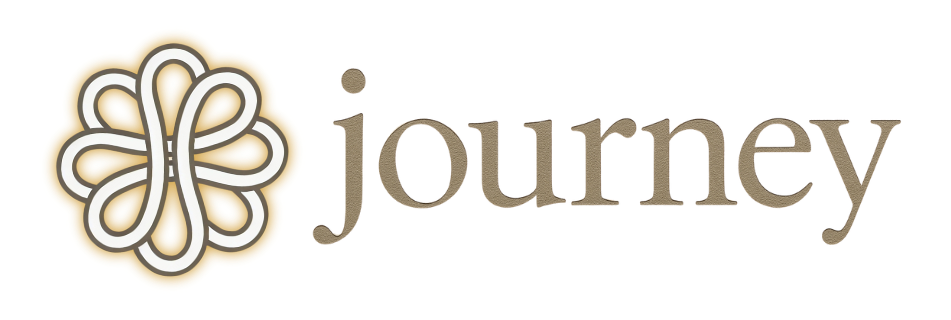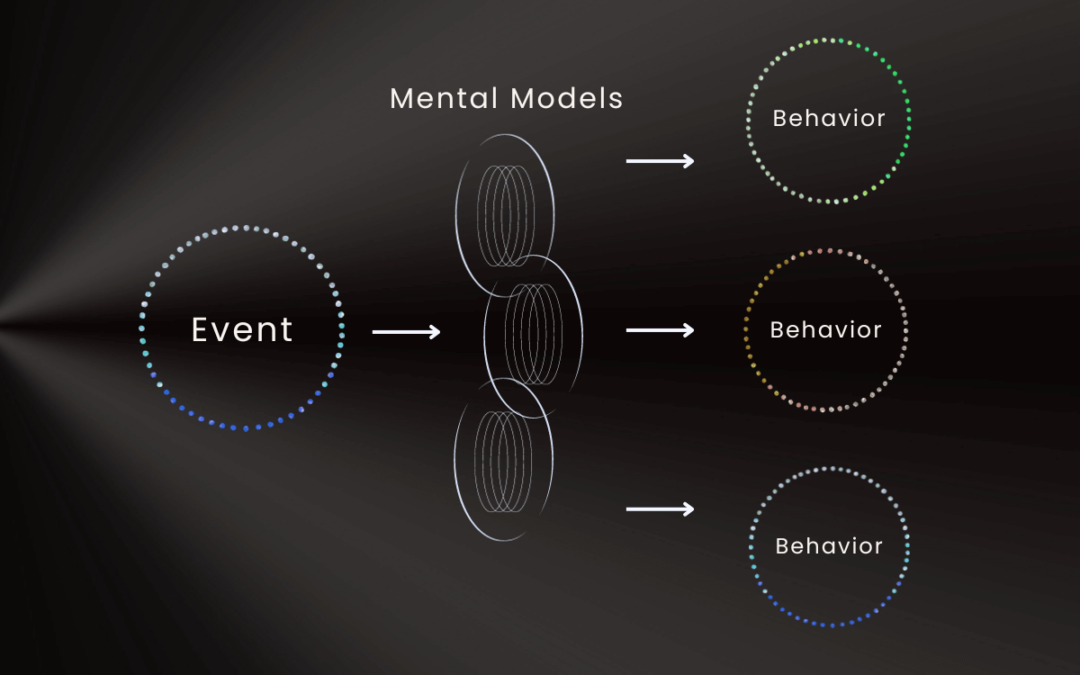Read time: 6 minutes
Key Points
- As we grow older, we often let the fear of failure paralyze us, causing us to avoid risks and thereby opportunities for learning.
- Falling isn’t just an unfortunate event; it’s an opportunity for growth and adaptation. Learning to fall well means building resilience and continuing the journey with more wisdom.
- Falling is an inevitable part of any learning journey. Rather than viewing it as a failure, see each fall as an opportunity to grow and adapt.
“Success is stumbling from failure to failure with no loss of enthusiasm.” – Winston S. Churchill
Perspective
We often equate learning with success, picturing a linear path that leads from ignorance to enlightenment. Yet, anyone who has mastered a skill knows that the road to proficiency requires experiencing bruises and scratches—both metaphorically and sometimes literally.
Falls are essentially feedback mechanisms. They point out the flaws in your approach, the gaps in your skill set, or the blind spots in your vision. When viewed through this lens, falling is not a signal to halt your journey but an invitation to reassess and recalibrate.
The act of falling is an opportunity for reflection, a pause that allows you to gather your thoughts, reassess your strategies, and jump back into the fray with renewed vigor.
The Fear of Falling
As children, we were natural risk-takers. We’d run, jump, and climb, often falling in the process. But as we grew older, the fear of failure began to overshadow our natural curiosity and willingness to take risks. We began to associate falling with failing, and the mere thought of stumbling became paralyzing. But what if we reframe these bruises and scratches as badges of honor in our lifelong learning journey?
Learning to Fall Well
Learning to fall well is about more than just minimizing damage; it’s about building resilience, adapting, and, most importantly, continuing the journey with added wisdom.
Every fall carries within it a seed of wisdom. Perhaps you missed a step while pursuing a goal, or maybe you took a risk that didn’t pan out. Instead of chastising yourself, consider what led to the fall. Was it a lack of preparation, overconfidence, or maybe an external factor you couldn’t control? The answers to these questions aren’t just explanations; they’re clues on how to navigate future challenges more effectively.
Self Assessment
On Resilience:
- How do I usually respond to setbacks? Do I retreat, or do I analyze what went wrong and adjust my approach?
- What strategies have helped me bounce back from failure in the past?
- In what areas of my life could I be more resilient?
On Embracing Failure and Learning:
- When was the last time I took a significant risk, and what did I learn from it—success or failure?
- What is my relationship with failure? Do I view it as a setback or as an opportunity for growth?
- What are the “bruises” in my life that I’ve been avoiding? What can they teach me?
On Fear and Risk Taking:
- What fears are holding me back from taking meaningful risks in my life?
- How has my fear of failure impacted my willingness to try new things?
- Do I allow fear to dictate my actions, or do I use fear as a signal for areas of potential growth?
On Fear and Risk Taking
- What fears are holding me back from taking meaningful risks in my life?
- How has my fear of failure impacted my willingness to try new things?
- Do I allow fear to dictate my actions, or do I use fear as a signal for areas of potential growth?
On Self-Compassion:
- How do I treat myself when I make a mistake? Is my inner dialogue harsh or compassionate?
- Do I allow myself the grace to be a work in progress, or do I demand instant perfection?
The path to mastery is never perfecr; it’s a winding road filled with bumps, bruises, and scratches.
But it’s these very obstacles that make the journey worthwhile.
Every bruise is a lesson, every scratch a stepping stone, and every fall an opportunity to rise stronger.
The art of learning teaches us to be prepared not just for success but also for the falls that are inevitable along the way. So the next time you find yourself with a new bruise or scratch, remember—it’s not a sign that you’ve failed, but that you’ve tried.
And in the grand scheme of things, the willingness to try (and fall) is the cornerstone of all learning and growth.

